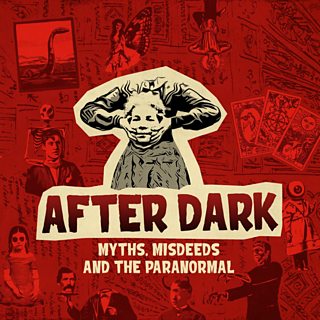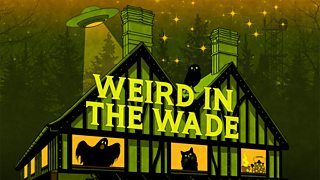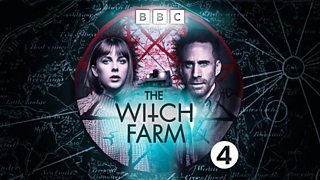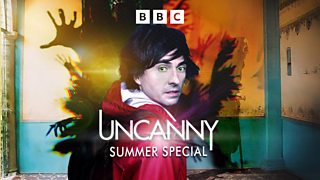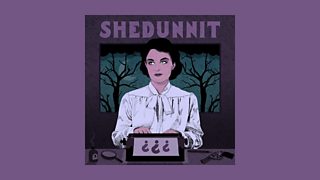Fairies, Leprechauns and Changelings: Ireland's Darkest Folklore
Fairies have long been part of Irish folkloric history, with its landscape dotted with thousands of “fairy forts”. But there's a dark side to these beliefs that taps into a history of disease, poverty and even murder.
Joining Anthony and Maddy in this episode of After Dark: Myths, Misdeeds & the Paranormal is Cecily Gilligan, author of Cures of Ireland: A Treasury of Irish Folk Remedies, to take us back to Ireland's unique folk history.
Here are some of the things we learned from their conversation.
Central to Irish folklore are the changelings.
Changelings are thought to be evil fairies who steal humans from families, taking them to the fairy world and replacing them with weak, disfigured fairy lookalikes. Beliefs amongst some in rural Irish communities dictated that changelings swapped themselves with young women because they had trouble producing children on their own so a mortal woman could be taken to further their family line.
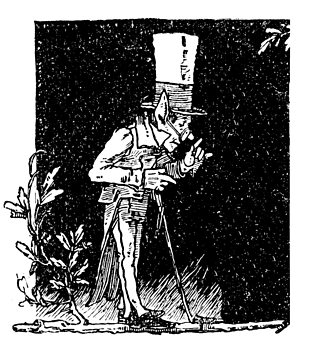
The tradition of the changeling has existed for probably thousands of years.
“For many years, even into the early 1900s, the fairies were believed to be more interested in boy children,” Cecily Gilligan explains. “So children were dressed as girls. They would have worn a dress to fool the fairies and protect the child.”
In 1895, a woman was murdered by her husband, who believed she was a changeling.
After eight years of marriage to Mr. Michael Cleary, Bridget Boland had not yet conceived a child. Bridget's family grew suspicious, and it wasn't long until they began to cast about for someone or something to blame. Soon, they believed they found the culprits, the Tuatha Dé Danann – the fairy folk. What followed was a violent, inhumane exorcism of sorts. While she told him she was the real Bridget Boland during their interrogations, Michael remained unconvinced and within 24 hours, she was murdered.
For a long time, Christian and pre-Christian beliefs existed side by side in Ireland.
“In the late 1800s, Ireland was a very poor country,” Cecily says. “There was no medical care. So in a way, the changeling was a way to understand or to soften, maybe the blow of people who were sick or people who died.”
Meanwhile, the Catholic Church was hugely powerful in Irish society. “People had this pre-Christian, mythical belief of fairies, but they also have very strong belief in the Catholic Church and in God. But sometimes conflict did exist, for example, in relation to wise women.”
These wise women were present in every community, and possessed knowledge of cures and helped women with childbirth. “Sometimes, they co-existed with the church, and then sometimes the church stood up to these women and thought that their knowledge was coming from a bad source.”
The Leprechaun was a lesser known character in Irish folklore.
While one might think of the leprechaun as a big part of Irish mythology, his fame is more of a modern phenomenon. He could have his origins in an old god – Lugh, the god of the sun. As Cecily says: “With the coming of Christianity, Lugh and all the gods and the goddesses lost their power. Some people might say that Lugh was demonised and made small and ridiculed, and he's now what's known as the ‘leprechaun’. So that’s an interesting take on it.”
Ireland’s own form of folk magic was the “Piseóg”.
Piseóg is an Irish word meaning a charm or a spell. It was believed you could cast one on your neighbour after a disagreement. “If you wanted to inflict bad luck onto somebody you didn't like, you took something that was perishable, such as meat or eggs, and you wrapped them up and placed it somewhere on your neighbour's lands or close to their house. The belief was that as the Piseóg disintegrated, the luck of the people would also go with it. If one of your animals died like a calf, you could throw it into your neighbor's field, and again, the belief was you'd be transferring the bad luck from them, taking it from yourself.”
More from the ÃÛÑ¿´«Ã½!
-
![]()
Weird in the Wade
Weird in the Wade brings you true tales that are weird, wonderful and a little off kilter.
-
![]()
The Witch Farm
Dare you visit Britain's most haunted house?
-
![]()
Uncanny
Danny Robins investigates real-life stories of paranormal encounters.
-
![]()
Shedunnit
Unravelling the mysteries behind classic detective stories.
